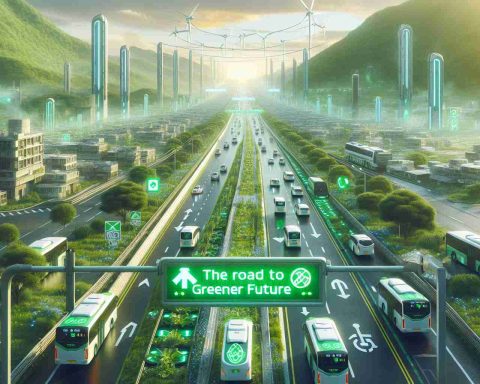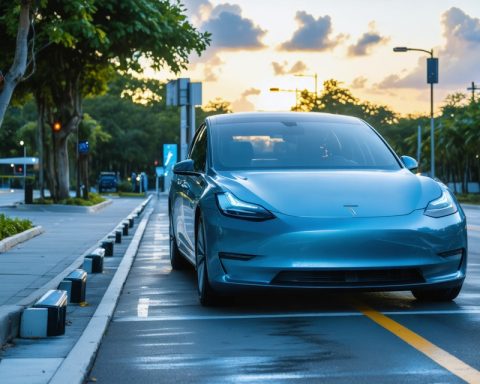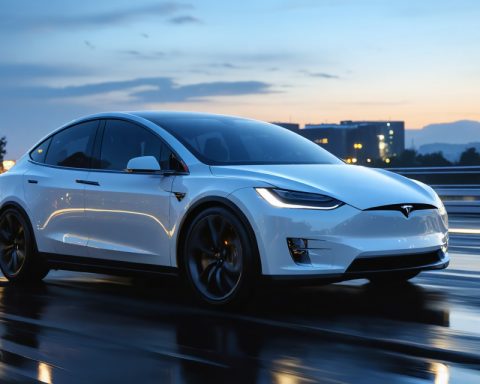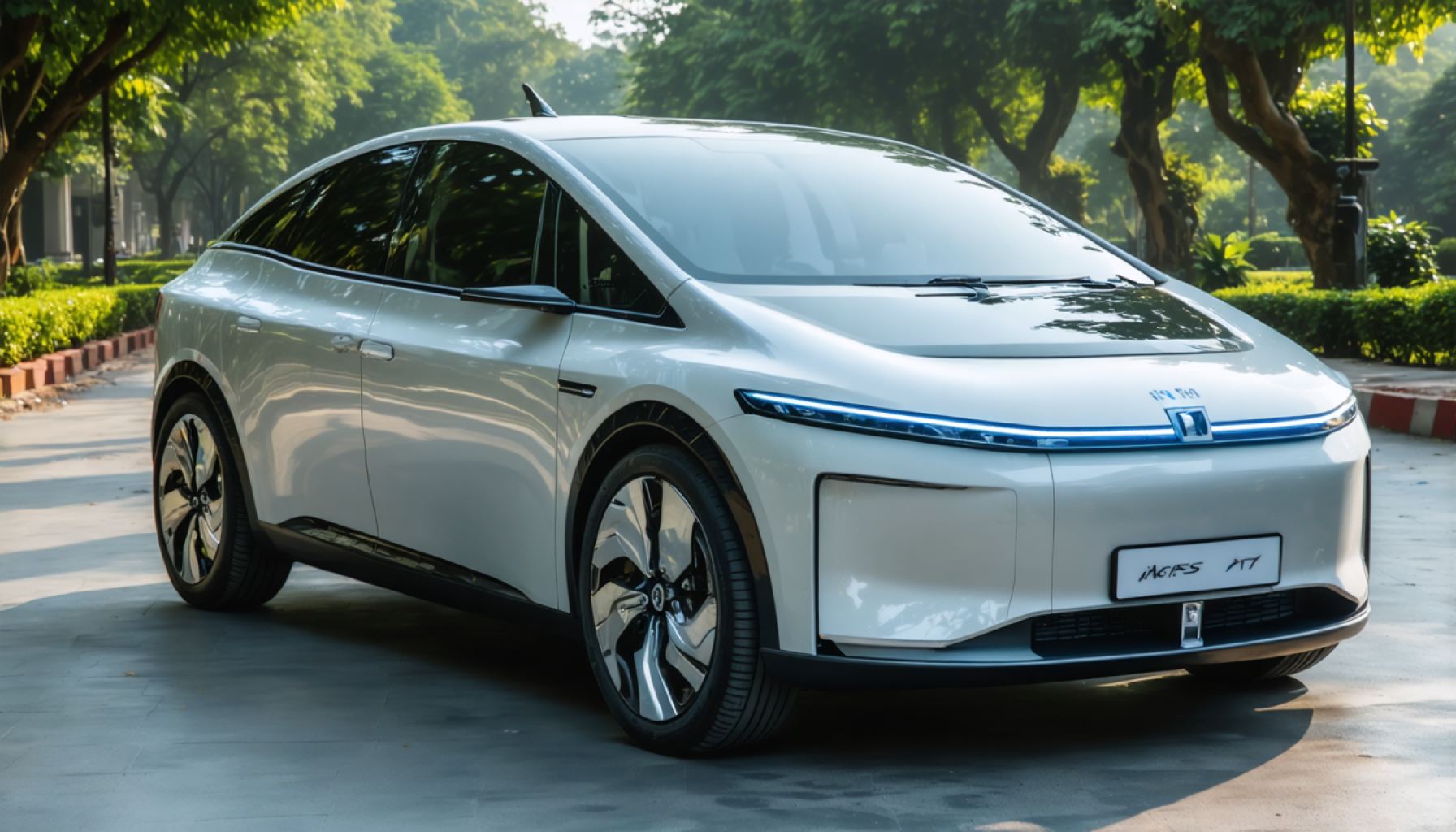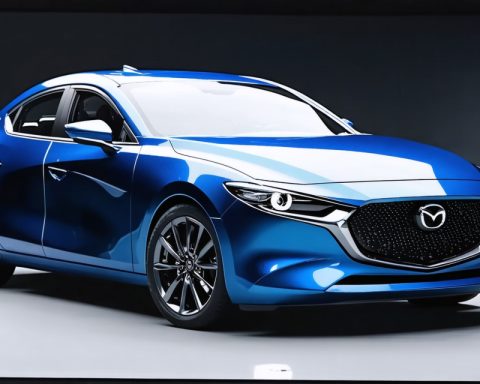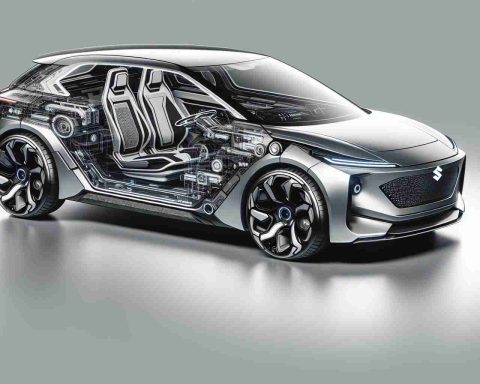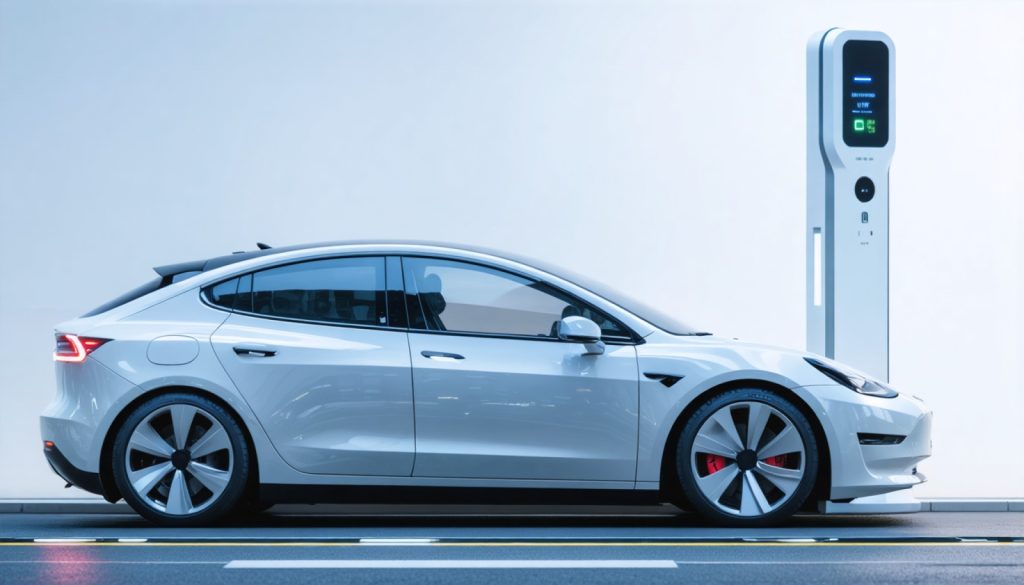Call to Action for Electric Vehicle Infrastructure
A warning message sent to the UK government emphasizes the urgent need to revamp the electric vehicle (EV) charging strategy. The Labour Party has highlighted the necessity for a revised funding approach as the nation prepares for a complete transition from petrol and diesel vehicles by 2030.
Experts advocate for strategies that encourage private investment and build robust long-term charging solutions. As the popularity of electric vehicles rises and larger batteries emerge, reliance on low-power charging stations is becoming unrealistic. The focus now needs to be on high-speed chargers that can accommodate the evolving demand for electric vehicles.
To better prepare for the future of transportation, it is suggested that funding be directed to necessary areas, local authorities be encouraged to utilize available land for private investment, and the installation of high-speed chargers be prioritized as a quick solution. These measures will significantly contribute to the UK achieving widespread electric vehicle adoption.
Concerns have been raised about the current distribution of charging points. While those who can charge at home and specific destination charging hubs have sufficient stations, many potential EV users lack adequate options. The National Audit Office predicts that the government will meet its target of 300,000 public chargers by 2030, but skepticism remains about the feasibility of these forecasts, emphasizing the need for a more comprehensive approach to infrastructure development.
Wider Implications of Revamping Electric Vehicle Infrastructure
The urgent call for a robust electric vehicle (EV) charging strategy has wide-ranging implications for society, culture, and the global economy. As the UK pushes for a complete transition to EVs by 2030, this infrastructure reform could act as a catalyst for a cultural shift towards sustainability. Increased accessibility to EV charging stations will democratize electric vehicle use, prompting urban planners and developers to rethink space utilization and transforming public areas to accommodate this essential infrastructure.
From an economic perspective, a concentrated focus on EV infrastructure could stimulate private sector investment. The global EV market is expected to reach nearly $1 trillion by 2025, driving job creation and innovation in clean technologies. Additionally, a well-developed charging network could enhance consumer confidence in EVs, increasing adoption rates and ultimately supporting local economies through increased electric vehicle sales and services.
Environmentally, improved charging infrastructure is likely to accelerate the transition away from fossil fuels, contributing to reduced greenhouse gas emissions. However, this transition must balance sustainable practices in material sourcing and lifecycle management for EV batteries and components, minimizing ecological footprints as we enter a new era of transportation.
Looking ahead, embracing strong EV infrastructure will not only strengthen the UK's leadership in sustainability but also set a precedent for other nations to follow, shaping a global trend towards clean transportation and a more sustainable future.
Revamping EV Infrastructure for a Sustainable Future: Call to Action
Introduction
As the UK accelerates towards a fully electric vehicle (EV) future by 2030, the urgency to enhance EV charging infrastructure has never been greater. Recent discussions led by the Labour Party have highlighted the need for a strategic overhaul of the existing charging framework to accommodate new technologies and investment pathways. This article explores key aspects of the EV infrastructure transformation, innovations, limitations, and future outlook.
Current Issues in EV Charging Infrastructure
1. Distribution Imbalance: Urban areas benefit from sufficient charging stations, but rural areas often lack accessible options. This imbalance complicates the transition for potential EV owners, especially those without home charging solutions.
2. Charging Speed and Technology: Reliance on low-power charging stations is becoming increasingly inadequate. EVs are equipped with larger batteries that require high-speed charging stations to minimize downtime and enhance user experience.
3. Reality vs. Government Targets: The National Audit Office anticipates that the UK will meet its target of 300,000 public chargers by 2030. However, skepticism exists regarding the feasibility of these forecasts, suggesting a need for a more proactive approach to infrastructure development.
Recommendations for Future Infrastructure
– Inviting Private Investment: To diversify funding sources and encourage innovation, the government should invite private companies to invest in high-capacity charging solutions. This approach will enable faster deployment and modernization of the charging network.
– Utilizing Local Land: Local authorities should leverage available land for charging station installations to improve accessibility, which may include collaborating with businesses to create charging hubs.
– Focusing on High-Speed Chargers: Transitioning to high-performance chargers will ensure that the infrastructure keeps pace with the increasing battery capacities of new electric vehicles. Concentrated funding for these installations could significantly enhance consumer adoption.
Pros and Cons of Current EV Charging Strategy
Pros:
– Growing awareness and popularity of EVs among the public.
– Government incentives for EV purchases could increase usage rates.
– Potential for job creation in the EV charging sector.
Cons:
– Lack of infrastructure in rural areas may pose barriers to potential users.
– High costs associated with installing advanced charging stations.
– Ongoing issues with the reliability and efficiency of the power grid.
Future Trends in EV Charging Technology
1. Wireless Charging: Research into inductive charging technology promises a future where EVs can charge simply by parking over special pads, eliminating the need for cables.
2. Smart Charging Solutions: These systems enable demand-based dynamic pricing, optimizing charging times and costs for users while reducing the burden on the power grid during peak hours.
3. Integration of Energy Storage: Integrating charging stations with renewable energy sources and energy storage can enhance reliability and sustainability. Solar-powered charging stations are a growing trend that reduces dependence on grid electricity.
Conclusion
As the UK moves towards its 2030 EV adoption targets, the urgency to revamp EV charging infrastructure becomes evident. By embracing innovative technologies, attracting private investment, and strategically targeting the most needed areas, the government can build a strong and inclusive charging network. This proactive approach will not only facilitate the transition to electric vehicles but also contribute to a sustainable and environmentally friendly transportation future.
For more information on electric vehicle initiatives and infrastructure development, visit the UK Government.


